Home>Furniture & Design>Outdoor Furniture>What Do Outdoor Bunnies Eat
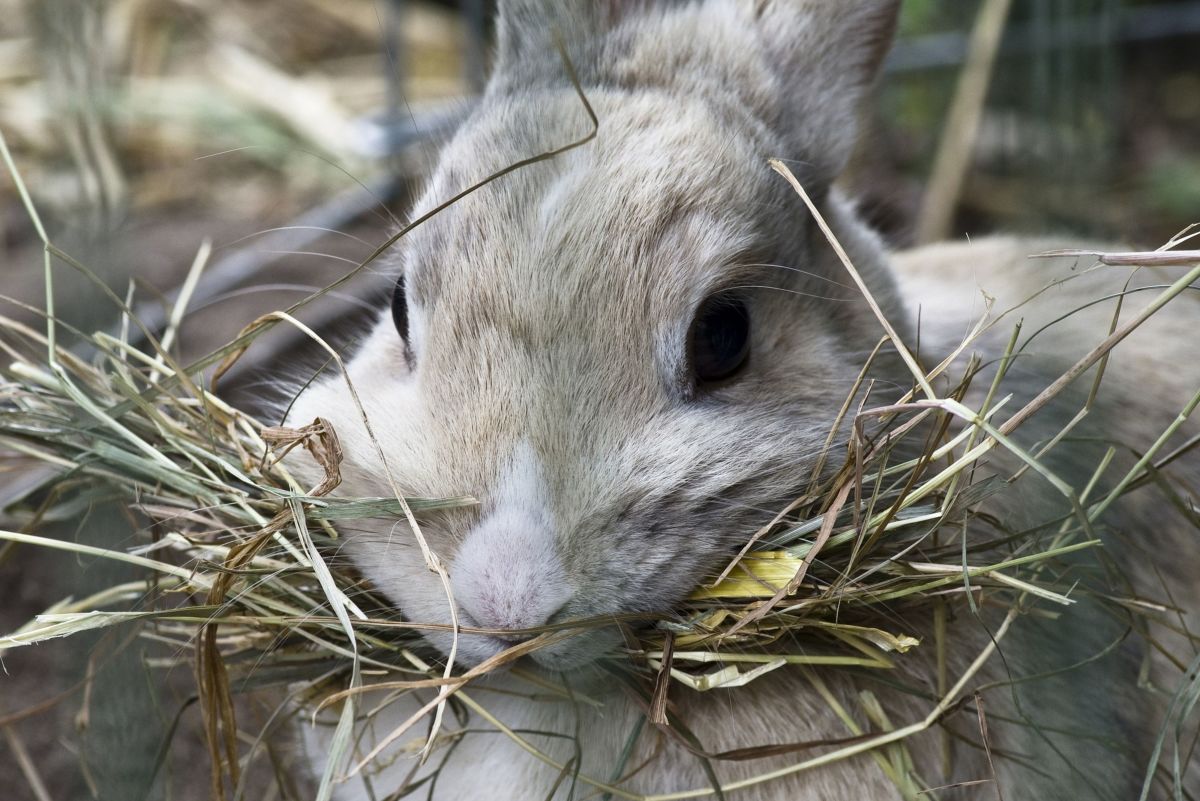

Outdoor Furniture
What Do Outdoor Bunnies Eat
Modified: March 26, 2024
Discover what outdoor bunnies eat and how to care for them with our comprehensive guide. Find expert advice on outdoor furniture, furniture design, and more.
(Many of the links in this article redirect to a specific reviewed product. Your purchase of these products through affiliate links helps to generate commission for Storables.com, at no extra cost. Learn more)
Introduction
Welcome to the wonderful world of outdoor bunnies! These adorable creatures make delightful companions, and caring for them involves providing a balanced and nutritious diet. Just like humans, bunnies have specific dietary requirements to ensure their health and happiness. As an outdoor bunny owner, it's crucial to understand the types of food that best suit your furry friend's needs.
In this article, we'll explore the diverse array of food options available for outdoor bunnies. From fresh greens to safe treats, we'll delve into the essential components of a bunny's diet, offering insights and tips to help you make informed decisions. By the end of this journey, you'll have a comprehensive understanding of what outdoor bunnies eat, empowering you to provide the best possible care for your beloved pet.
So, let's hop right in and discover the delightful world of outdoor bunny nutrition!
Key Takeaways:
- Outdoor bunnies thrive on a balanced diet of fresh greens, hay, pellets, fruits and vegetables, and safe treats. Prioritize variety and quality to keep your furry friends happy and healthy in their outdoor habitat.
- Introducing a diverse range of foods into your outdoor bunny’s diet promotes vitality, happiness, and overall well-being. Remember to offer high-quality, bunny-friendly options and prioritize a balanced and nutritious approach to outdoor bunny nutrition.
Types of Food for Outdoor Bunnies
When it comes to nourishing your outdoor bunnies, a well-rounded diet is essential for their overall well-being. The primary types of food for outdoor bunnies include fresh greens, hay, pellets, fruits and vegetables, and safe treats. Each of these food categories plays a unique role in meeting your bunny’s nutritional requirements, ensuring they thrive in their outdoor environment.
Understanding the significance of each food type empowers you to create a balanced and enriching diet for your outdoor bunnies. Let’s explore these food categories in detail to gain a deeper understanding of their role in your bunny’s nutrition.
Fresh Greens
Fresh greens are a cornerstone of an outdoor bunny’s diet, providing essential nutrients and hydration. These leafy delights offer a diverse range of flavors and textures that can excite your bunny’s palate while promoting their health. When selecting fresh greens for your outdoor bunnies, opt for varieties such as romaine lettuce, kale, cilantro, and parsley. These options are not only rich in vitamins and minerals but also contribute to the overall dietary diversity that is crucial for your bunny’s well-being.
Introducing a variety of fresh greens into your bunny’s diet can prevent dietary monotony and ensure they receive a spectrum of nutrients. However, it’s important to introduce new greens gradually, as sudden dietary changes can upset your bunny’s digestive system. By incorporating fresh greens into your outdoor bunny’s daily meals, you can provide them with a refreshing and wholesome dining experience while supporting their health.
Remember to thoroughly wash all fresh greens before serving them to your outdoor bunnies, as this helps remove any potential pesticides or contaminants. By prioritizing the quality and variety of fresh greens in your bunny’s diet, you can contribute to their overall vitality and happiness in their outdoor habitat.
Hay
Hay is a fundamental component of an outdoor bunny’s diet, offering numerous benefits that contribute to their well-being. High-quality hay provides essential fiber, which is crucial for maintaining healthy digestion and dental health in bunnies. When selecting hay for your outdoor bunnies, consider options such as timothy hay, orchard grass hay, or meadow hay, as these varieties are well-suited to meet your bunny’s dietary needs.
Offering a generous and consistent supply of hay to your outdoor bunnies supports their natural foraging instincts while promoting dental wear, preventing dental issues that can arise from overgrown teeth. Additionally, the act of chewing hay aids in maintaining proper gut motility, reducing the risk of gastrointestinal stasis, a common and potentially serious condition in bunnies.
Hay also serves as a source of environmental enrichment for outdoor bunnies, allowing them to engage in natural behaviors such as burrowing and nesting. By providing ample hay within their living space, you can create a stimulating and comfortable environment that aligns with your bunny’s natural inclinations.
When offering hay to your outdoor bunnies, ensure that it is free from dust, mold, and other contaminants that may compromise their health. By prioritizing high-quality hay as a staple in your bunny’s diet, you can contribute to their overall vitality and contentment in their outdoor habitat.
Outdoor bunnies eat a variety of fresh vegetables, hay, and grass. Make sure to provide a balanced diet and avoid feeding them foods that are toxic to rabbits, such as chocolate and avocado.
Pellets
Pellets are a convenient and nutritionally dense component of an outdoor bunny’s diet, providing essential vitamins, minerals, and balanced nutrients. When selecting pellets for your bunny, opt for high-quality varieties specifically formulated for rabbits, as these pellets are designed to meet their unique dietary requirements. Look for pellets that contain a high percentage of fiber and minimal fillers or additives to ensure optimal nutrition for your outdoor bunnies.
While pellets are a valuable source of concentrated nutrition, it’s important to offer them in moderation to prevent overconsumption. A general guideline is to provide approximately 1/4 cup of pellets per 5 pounds of body weight daily for adult bunnies. This measured approach helps prevent obesity and encourages a diet that prioritizes hay and fresh greens as the primary sources of nutrition.
Introducing pellets as part of your outdoor bunny’s diet can serve as a supplemental source of essential nutrients, especially for bunnies with specific dietary needs or those who may have challenges consuming adequate hay and fresh greens. However, it’s crucial to prioritize the quality and composition of the pellets to ensure they align with your bunny’s nutritional requirements.
By incorporating pellets into your bunny’s diet in a thoughtful and measured manner, you can enhance their overall nutritional intake while maintaining a balanced and diverse approach to outdoor bunny nutrition.
Read more: What Do Garden Snails Eat
Fruits and Vegetables
Fruits and vegetables offer a delightful and nutritious addition to an outdoor bunny’s diet, providing an array of vitamins, minerals, and natural flavors. When incorporating fruits and vegetables into your bunny’s meals, it’s essential to select options that are safe and suitable for their digestive system. Opt for a variety of leafy greens such as spinach, bok choy, and dandelion greens, which offer an assortment of beneficial nutrients while adding diversity to your bunny’s diet.
When offering fruits to your outdoor bunnies, choose options such as apples, strawberries, and bananas in small, bite-sized portions. These fruits provide natural sweetness and essential nutrients, serving as occasional treats that can bring joy to your bunny’s dining experience. However, it’s important to limit the intake of fruits due to their sugar content, offering them sparingly to maintain a balanced diet for your outdoor bunnies.
Introducing a colorful array of vegetables such as bell peppers, carrots, and broccoli can provide enriching variety and essential nutrients to your bunny’s diet. These vegetables contribute to the overall dietary diversity that supports your bunny’s health and well-being in their outdoor habitat.
When serving fruits and vegetables to your outdoor bunnies, ensure that they are thoroughly washed and free from pesticides or contaminants. By incorporating a thoughtful selection of fruits and vegetables into your bunny’s diet, you can offer them a diverse and enriching culinary experience while supporting their overall health and vitality.
Safe Treats
Safe treats can add an element of joy and excitement to your outdoor bunny’s diet while offering occasional indulgences that align with their nutritional needs. When selecting treats for your bunny, opt for safe and bunny-friendly options that are specifically designed for their digestive system and overall well-being.
Dried fruits such as cranberries, apricots, and papaya can serve as delightful treats for your outdoor bunnies, offering natural sweetness and beneficial nutrients in moderation. These treats can be offered sparingly to provide a special culinary experience for your bunny without compromising their overall diet.
Herbal treats such as dried chamomile, mint, or parsley can provide aromatic and flavorful indulgences that appeal to your bunny’s senses while offering potential digestive benefits. These herbal treats can be introduced in small quantities, enriching your bunny’s dining experience and providing sensory stimulation in their outdoor environment.
When offering treats to your outdoor bunnies, it’s important to prioritize moderation and select options that are free from added sugars, artificial additives, and unhealthy fillers. By incorporating safe treats into your bunny’s diet thoughtfully, you can enhance their overall dining experience while maintaining a balanced and nutritious approach to outdoor bunny nutrition.
Conclusion
As an outdoor bunny owner, understanding the diverse array of food options available for your furry companions is essential for their health and well-being. By exploring the types of food that outdoor bunnies eat, including fresh greens, hay, pellets, fruits and vegetables, and safe treats, you gain valuable insights into crafting a balanced and enriching diet for your beloved pets.
Embracing the nutritional diversity offered by fresh greens allows you to provide essential vitamins and minerals while stimulating your bunny’s palate. Meanwhile, prioritizing high-quality hay supports their digestive health, dental wear, and natural foraging instincts in their outdoor habitat.
Introducing pellets as a supplemental source of nutrition, when selected thoughtfully, can enhance your bunny’s overall dietary intake, while incorporating fruits and vegetables offers a colorful and nutritious addition to their meals. Finally, offering safe treats in moderation provides sensory stimulation and occasional indulgences that bring joy to your bunny’s dining experience.
By weaving these essential food types into your outdoor bunny’s diet, you create a holistic approach to their nutrition, promoting vitality, happiness, and overall well-being. Remember to prioritize high-quality, bunny-friendly options and offer a diverse range of foods to ensure a balanced and nutritious diet for your outdoor bunnies.
With this comprehensive understanding of what outdoor bunnies eat, you are well-equipped to provide the best possible care for your furry friends, fostering a nurturing and enriching environment that supports their natural behaviors and overall health. Here’s to many delightful dining experiences and cherished moments with your outdoor bunnies!
Frequently Asked Questions about What Do Outdoor Bunnies Eat
Was this page helpful?
At Storables.com, we guarantee accurate and reliable information. Our content, validated by Expert Board Contributors, is crafted following stringent Editorial Policies. We're committed to providing you with well-researched, expert-backed insights for all your informational needs.
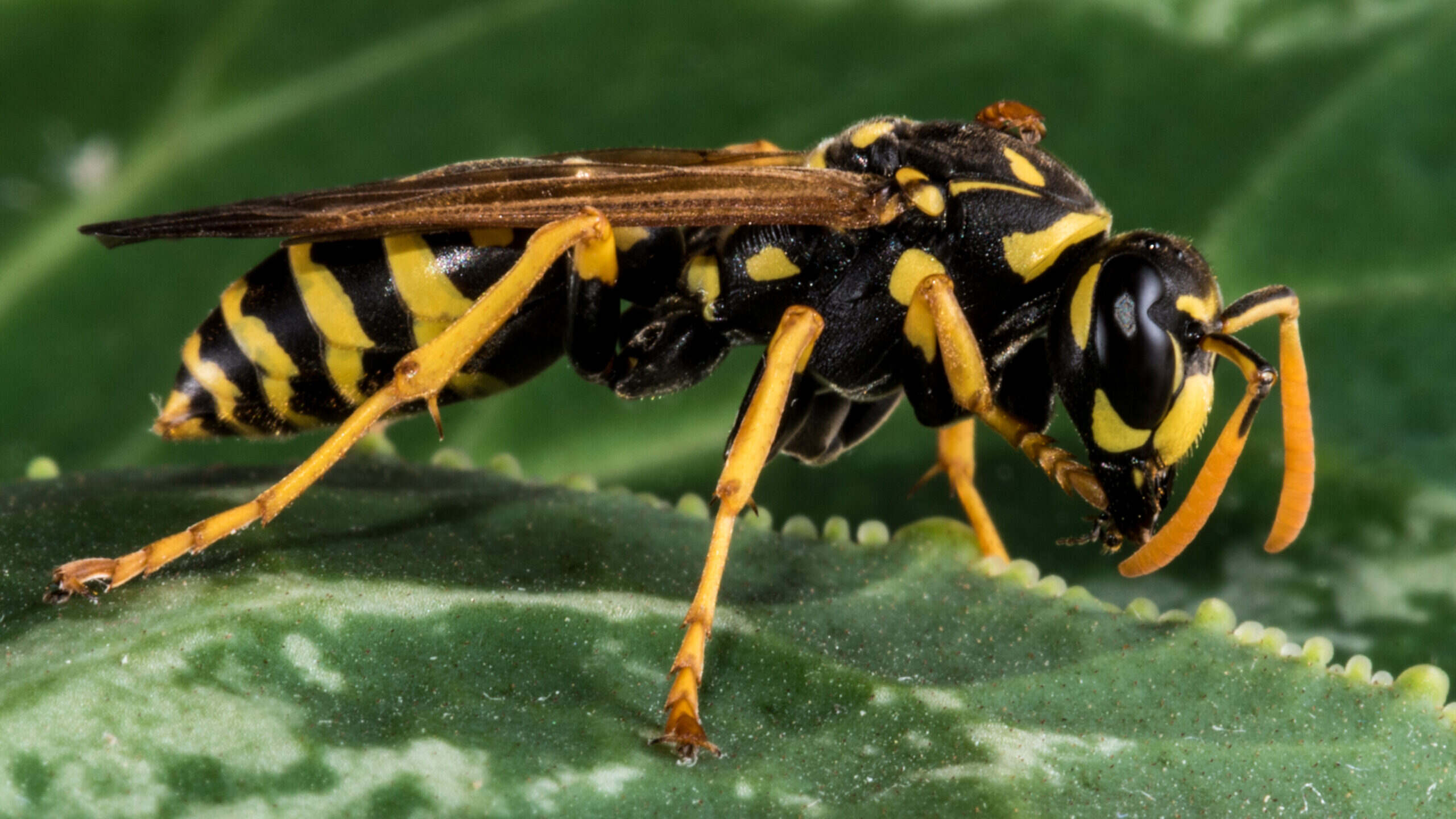
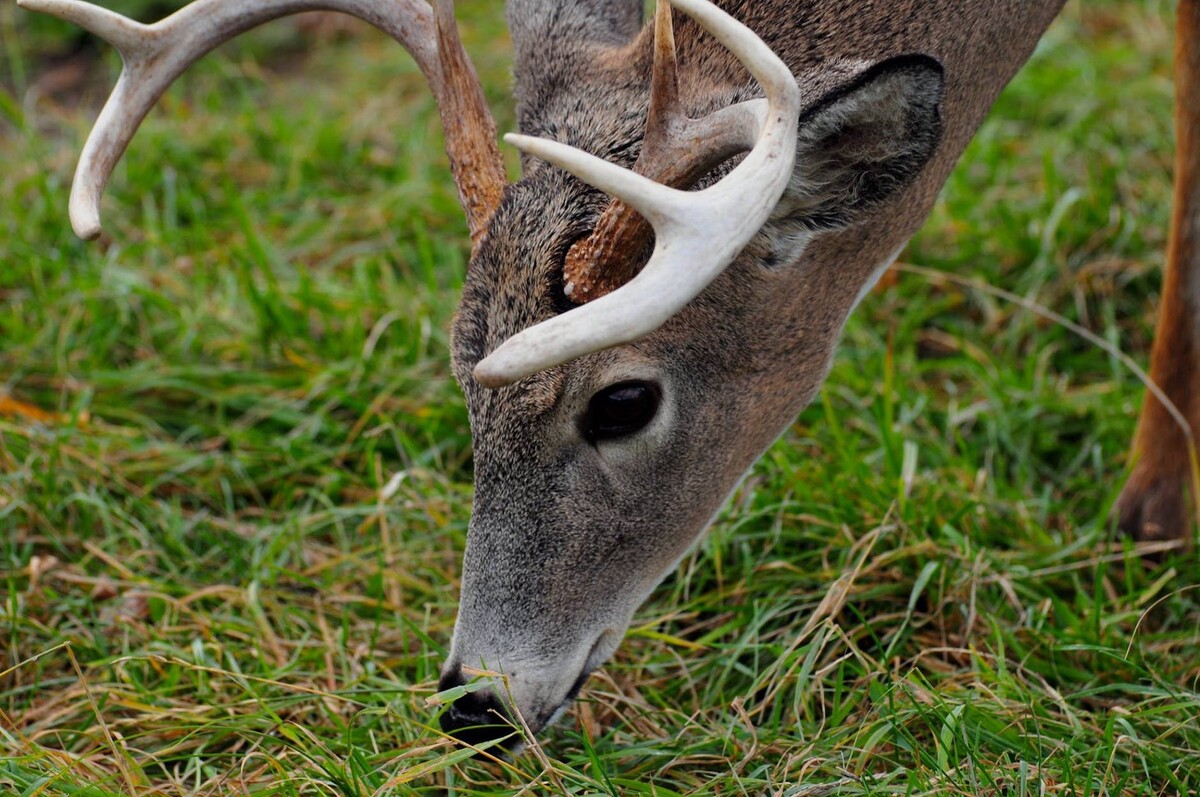
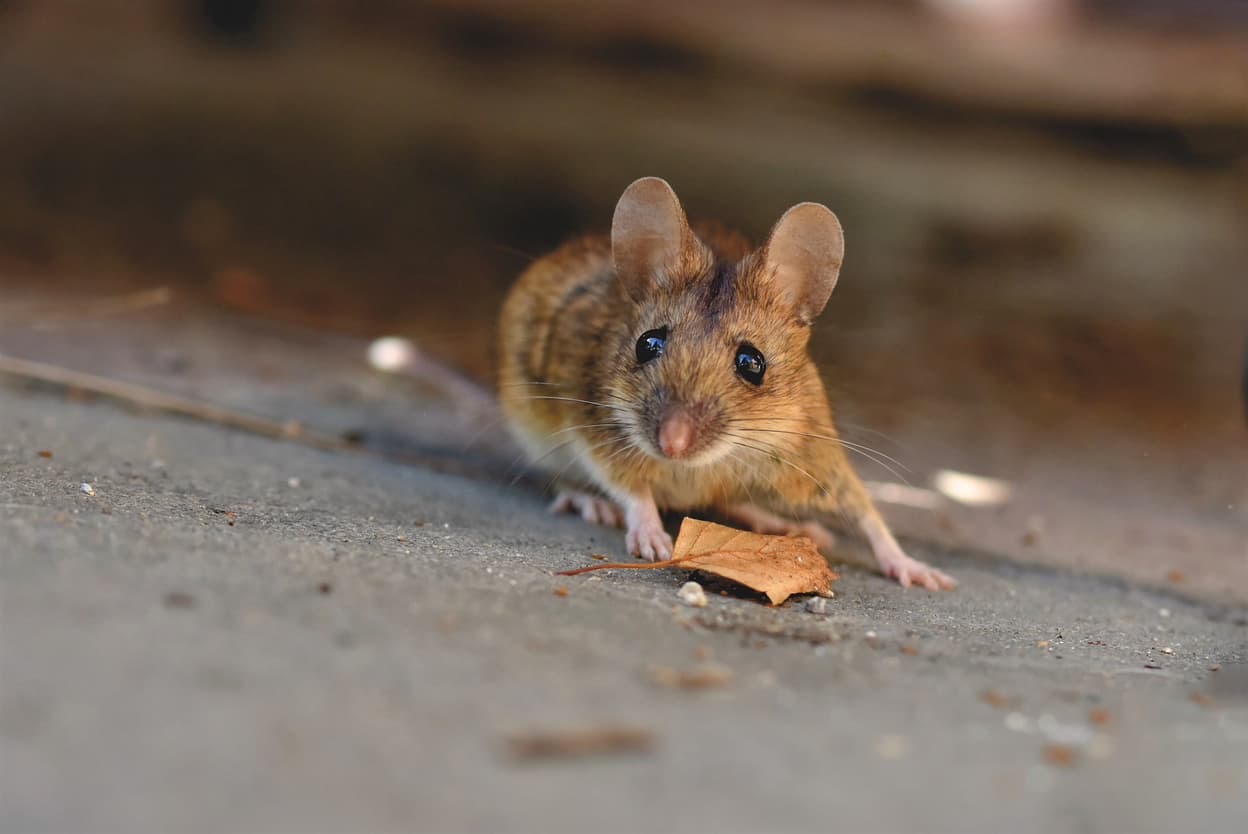

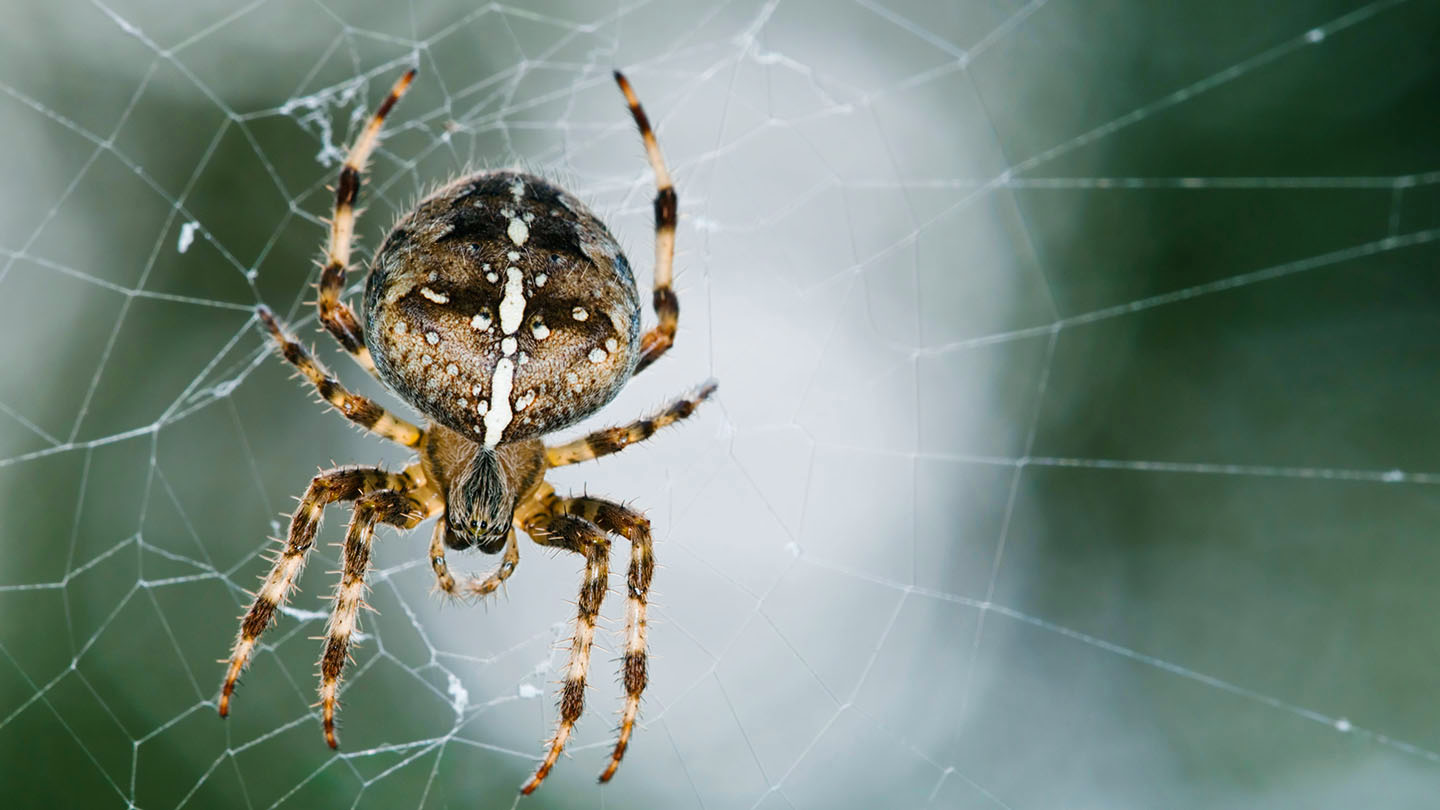
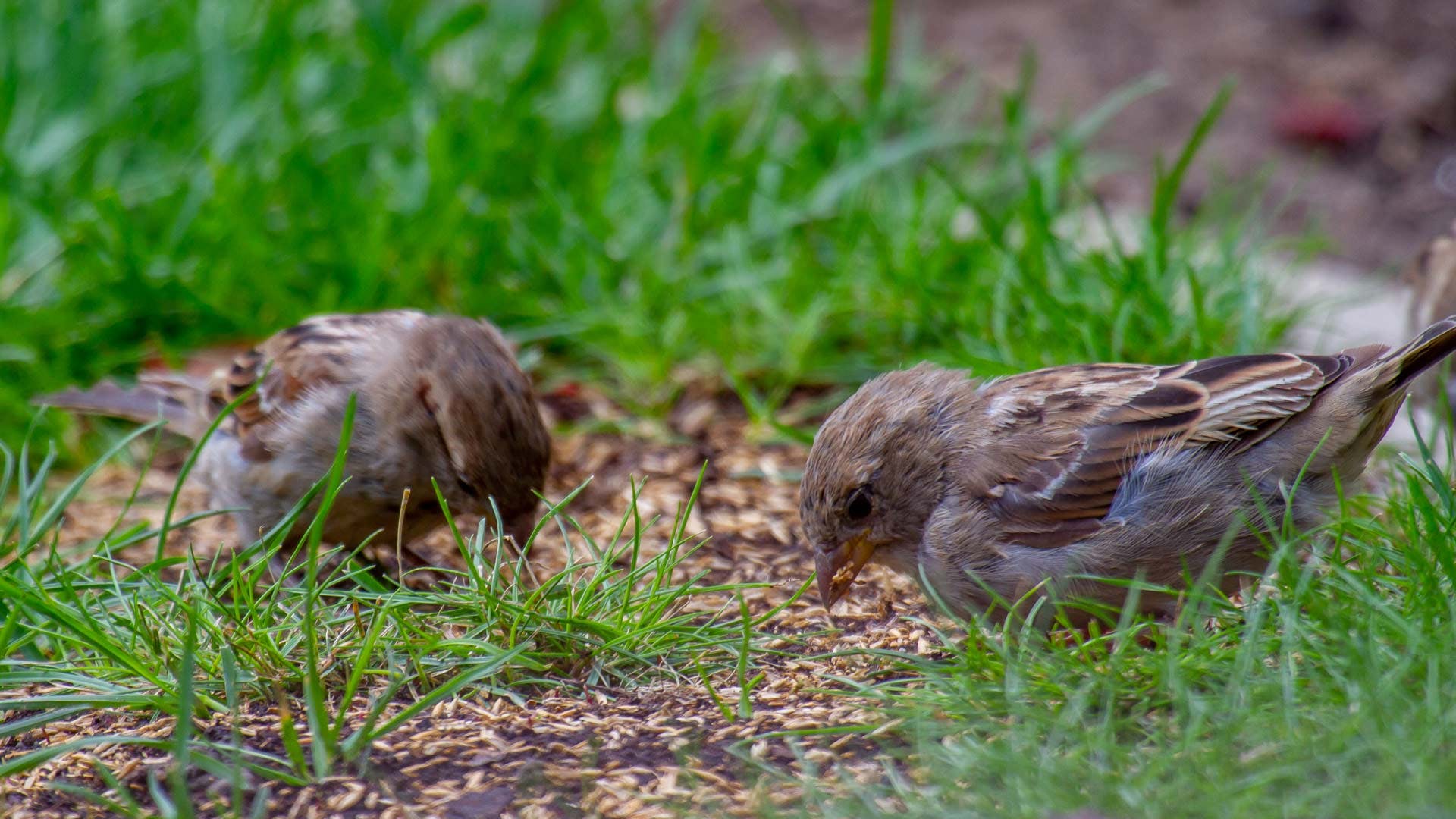
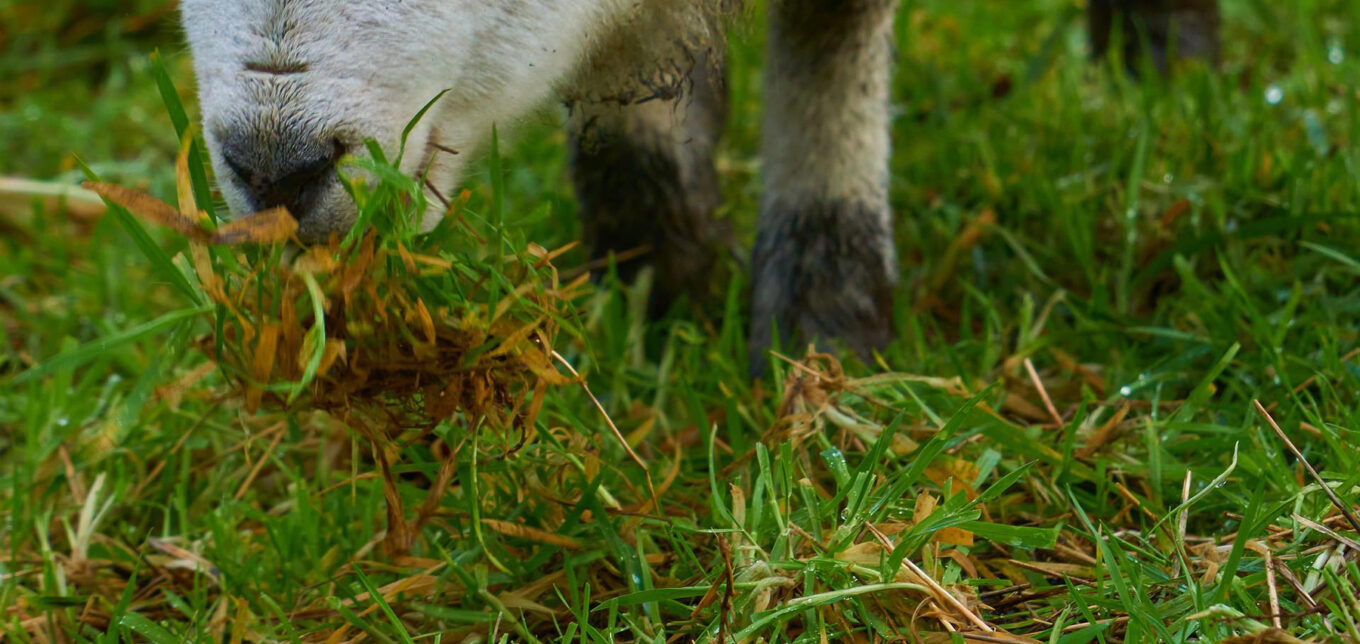
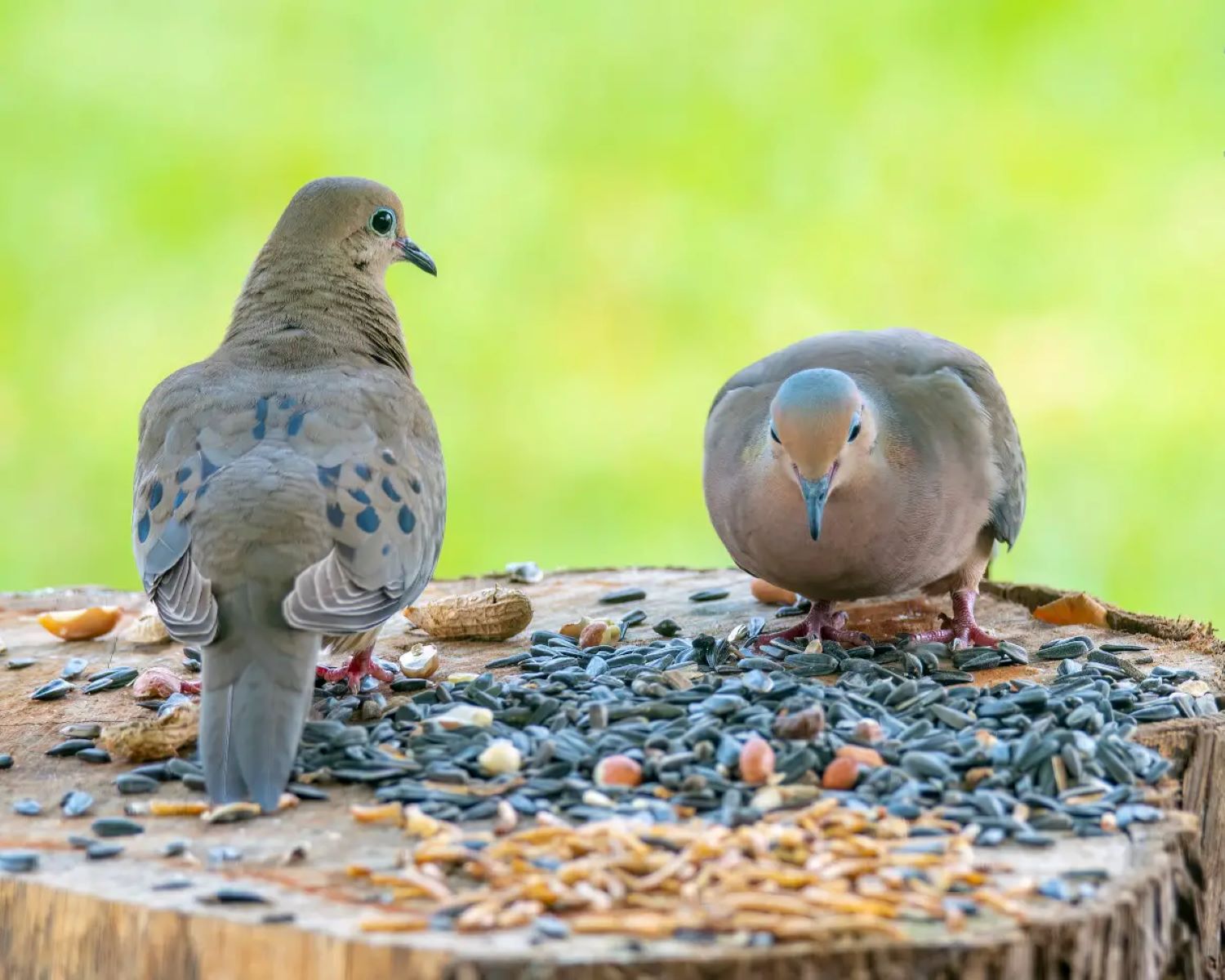
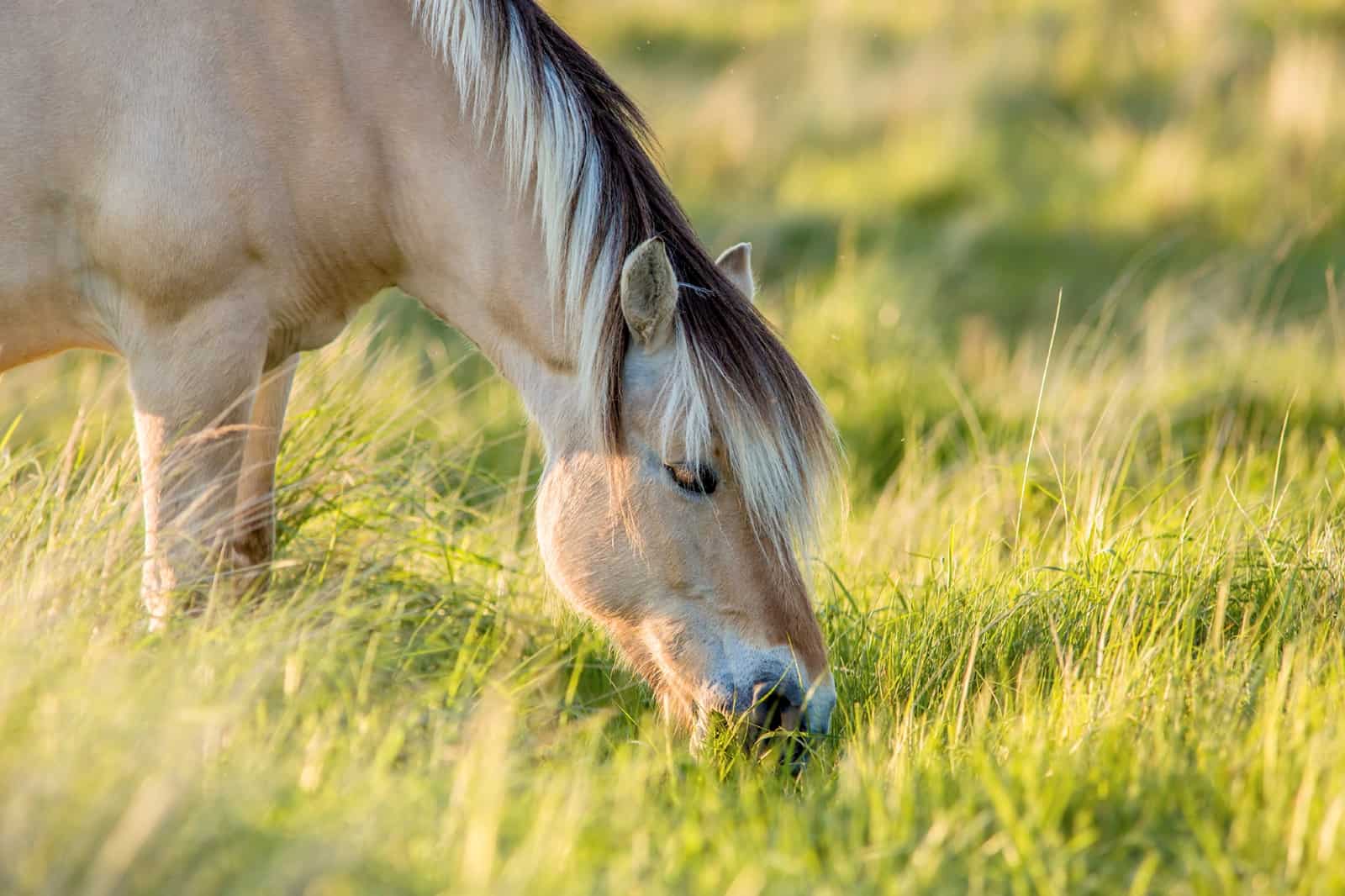
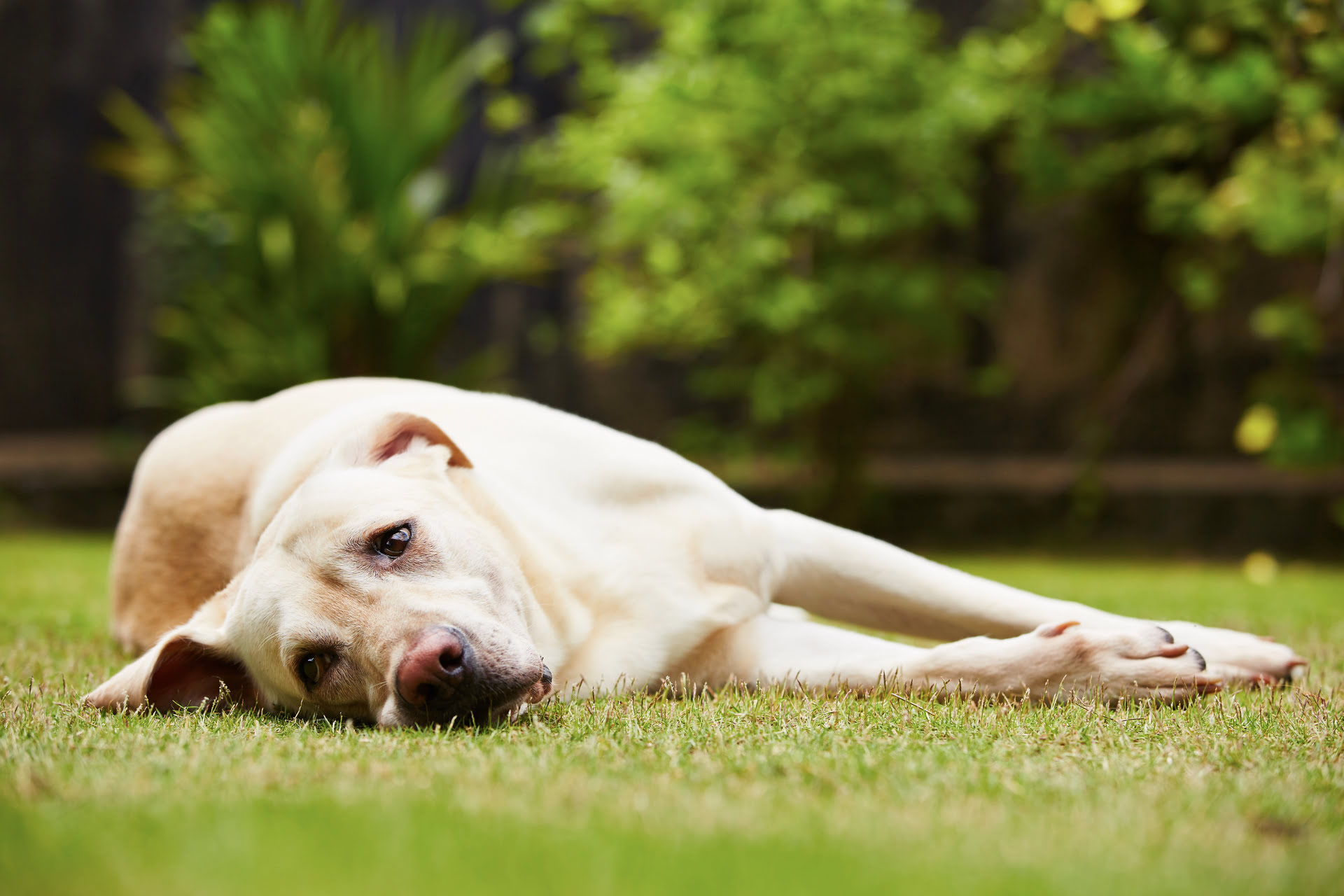

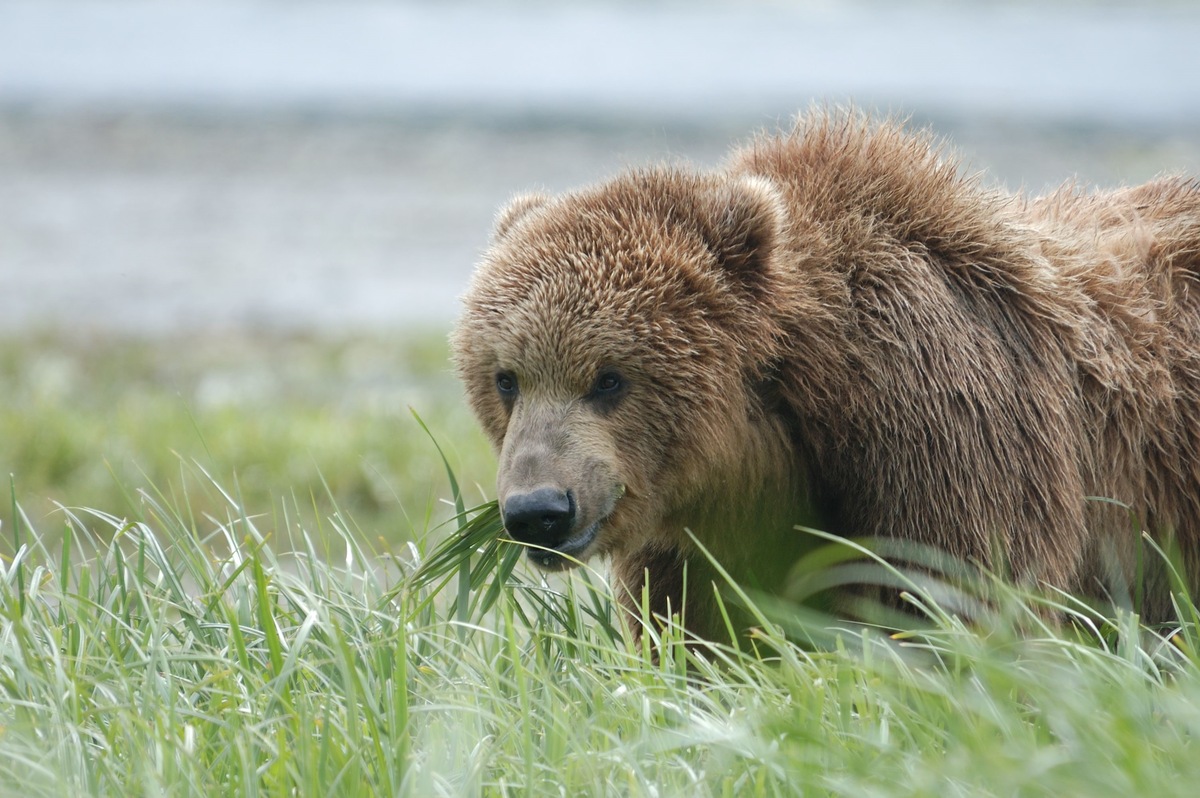
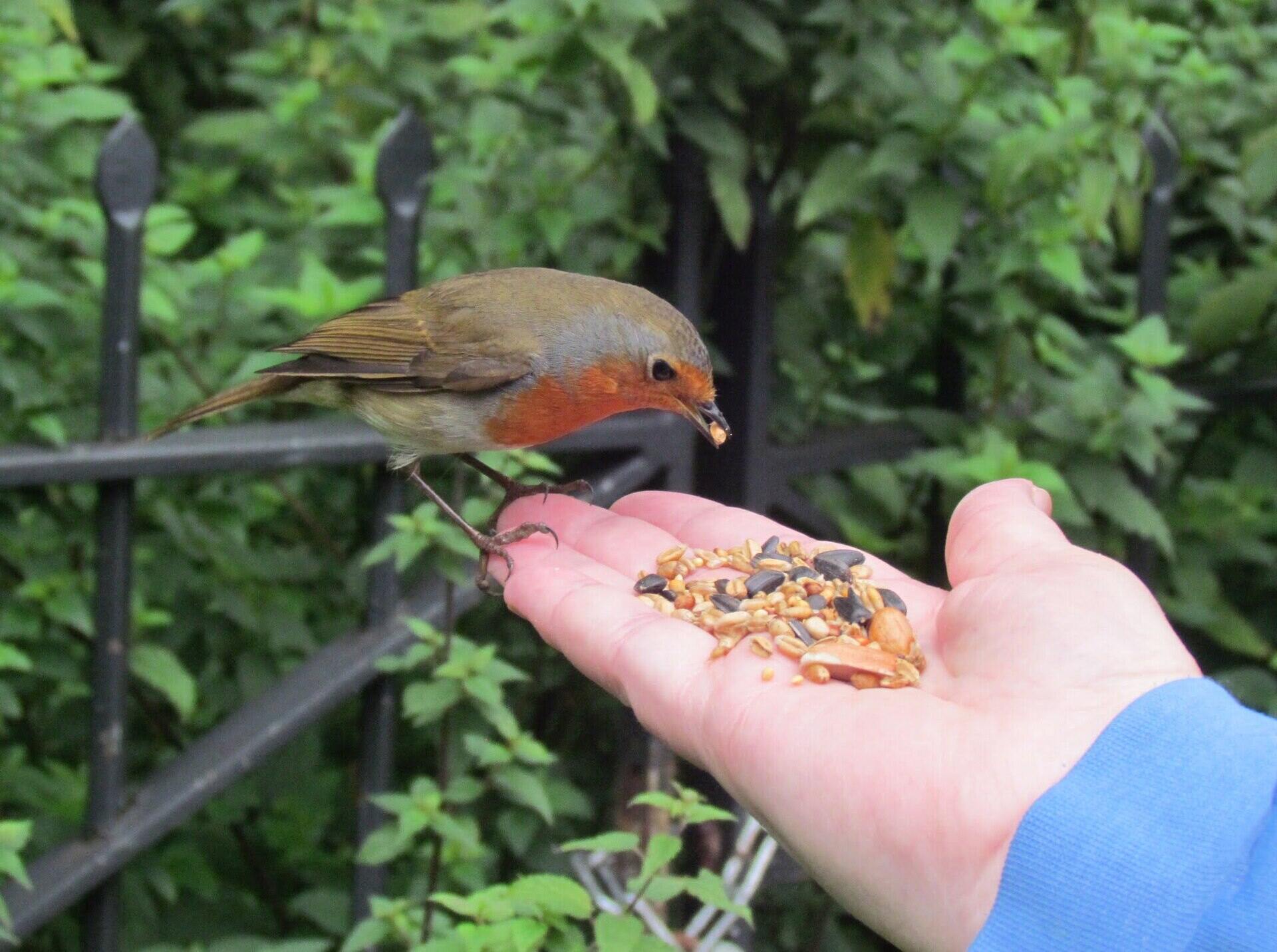
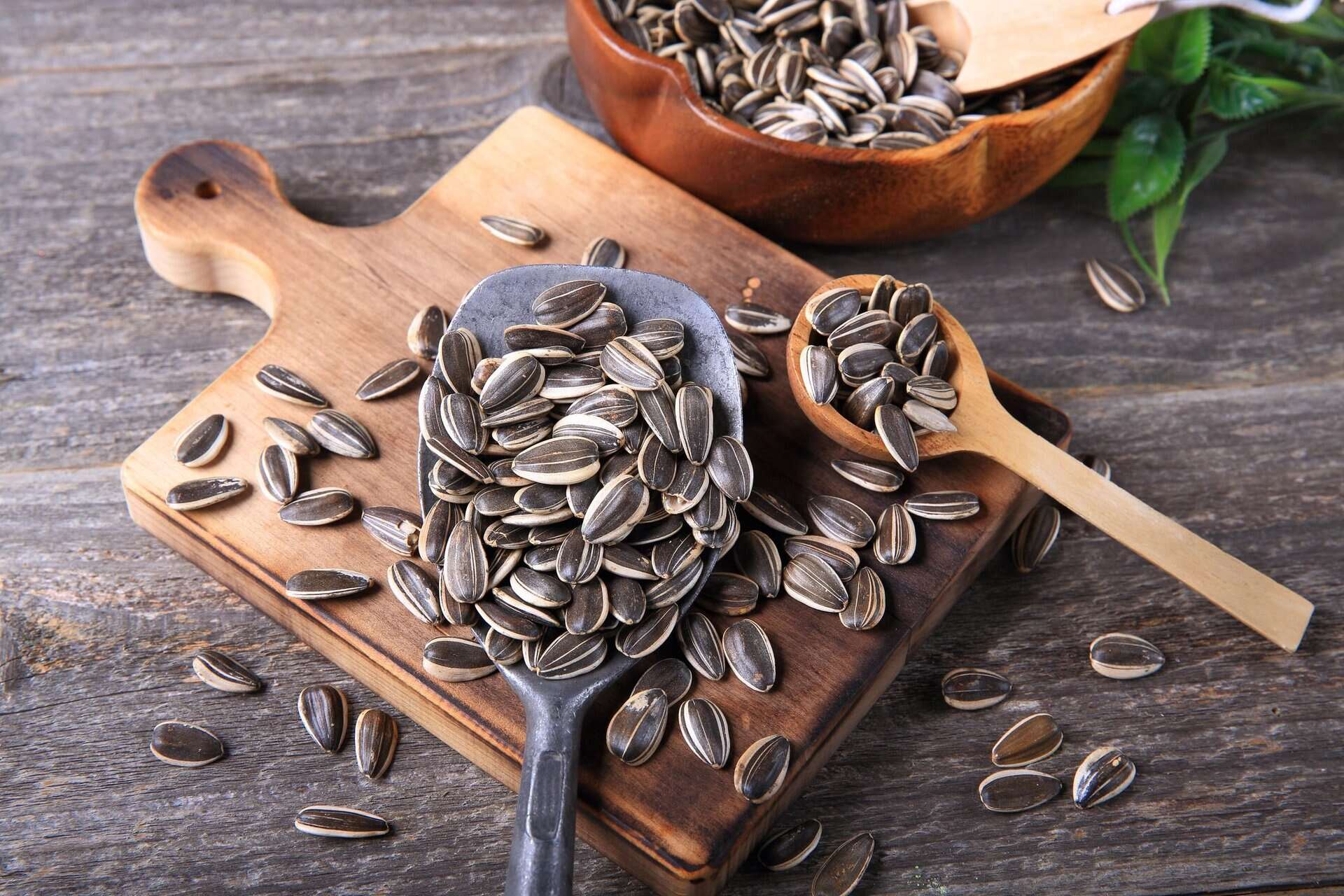

0 thoughts on “What Do Outdoor Bunnies Eat”